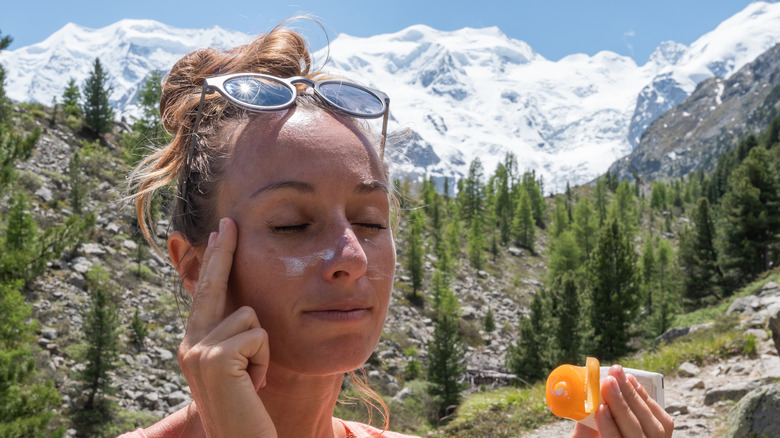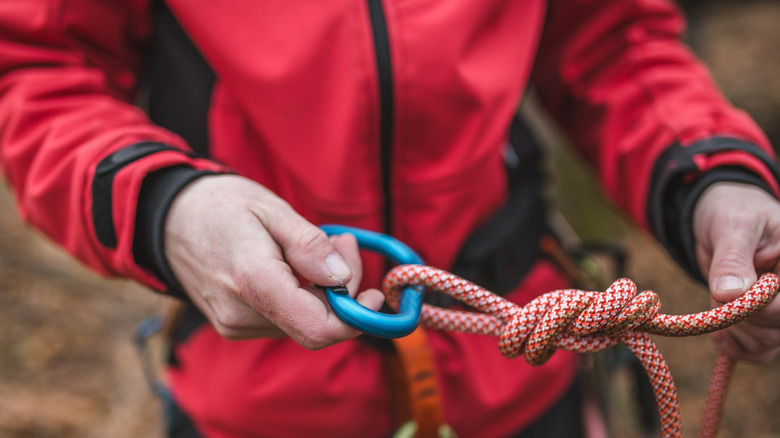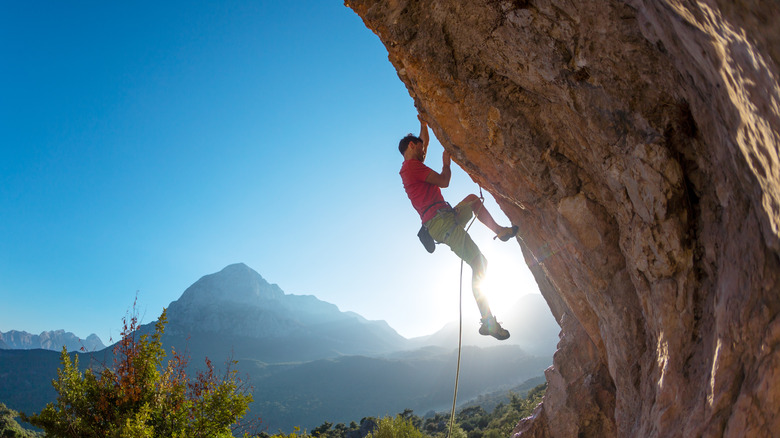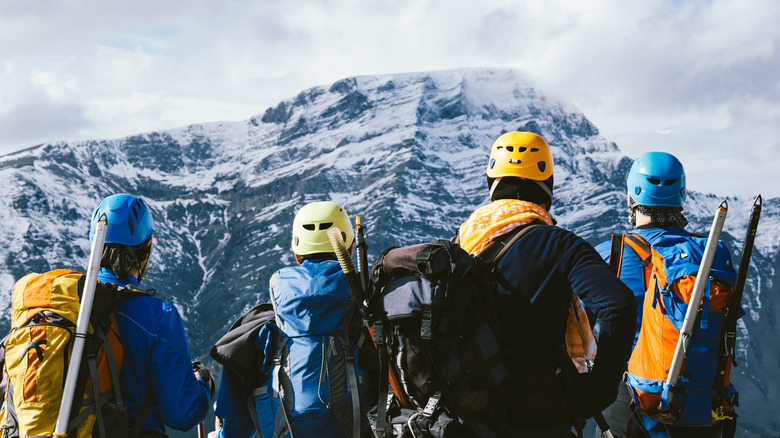Safety Tips To Know Before Your Next Mountain Adventure
Hiking and climbing in the mountains is a lot of fun, but it's also dangerous. Whether you're experienced or a complete beginner, it's always helpful to be reminded of some of the most important safety tips. Not only will they help prevent serious injuries, but they can make your adventure that much more pleasant, instead of a painful and uncomfortable experience.
There's a lot to remember when packing for a trip or trying to handle the great outdoors. You need to know how to deal with common predators, what to do if you get lost, all the gear you need to bring, and more. It can get overwhelming.
Swept up in these big safety rules, some people forget to take in the smaller safety tips as well. For someone looking to do rock climbing and explore the mountains during their next adventure, these five safety tips will help you to make sure you've thought over the little details as well and that you're fully prepared.
Sunscreen is a must
Sunscreen is always important, but never more so than it is at high elevations. Though you may be cold and the sun may not feel harsh, when you're higher up, you have less atmospheric protection and are therefore more prone to burning. It may take up a bit of your precious space, but always be sure to pack some sort of sunscreen, preferably waterproof, for your face and body so you can reapply during breaks. Ideally, sunscreen of all forms should be reapplied every two hours.
One area that many people overlook is their lips. Find a lip balm with sun protection that you can easily reapply during your mountain adventure. No one wants to come out at the end of a hike with burnt lips.
While sunscreen is always a must, you can look at preventing sunburn in other ways as well, since covering up is better than just wearing sunscreen when on a trail. There are shirts that are lightweight and breathable but protect against the sun's harsh rays. They're usually known as UPF shirts and help you stay protected even when you don't have time to reapply a layer of sunscreen on your back and arms. There are several other types of UPF clothing as well, and it's worth checking out what's available to see which best fits your needs.
Your rope needs to be long enough
An easy way to get injured while climbing is to have a rope that's too short. If you're not paying attention to your length, and how much you have left, it's fairly easy to come to the end of your rope — literally — and fall. You can tie a stopper knot at the end of the rope to prevent this, but it's best not to rely solely on this, especially when it's easy to just buy a longer one.
A general rule of thumb is that your rope needs to be long enough to reach both of your anchors, any potential belay ledge, and still have a little wiggle room. If you're not sure how long that is, 60 to 70 meters is generally considered the standard, and the minimum you need for any climbing route would be around 30 meters long.
As a bonus tip, to doubly ensure your safety, buy new. A used rope may sound like a great deal, but it's one of several types of gear you should never buy used.
Always triple-check your knots
This has probably been beaten into anyone who is considering rope climbing, but it always bears repeating. Always double-check all of your knots before you begin to climb. Even if they were secure and tied correctly during your last climb, and even if that was just earlier on in your mountain adventure, check every time.
You want to make sure all knots are securely and properly tied, including any tie-ins to other climbers and the end of your rope to make sure you don't slip off. You also want to make sure that the ropes and all of your belay devices are attached properly with functioning and locking carabiners.
Also, it's a good idea to check your gear regularly to make sure it's still sturdy and dependable. Check that the rope doesn't have any frayed or damaged areas, and that it's behaving as it should, with no flat portions that suggest the core may be damaged.
Ensure your rope is in the right spot when climbing
To make sure your rope isn't in the way, and won't cause further problems in the off chance that you fall, you need to climb with your rope positioned correctly. The most dangerous place to put the rope is between or behind your legs. Both of these can lead you to get tangled in the rope and be stuck upside down if you fall.
Instead, you want the rope off to the side or between your leg and the wall. This keeps your rope out of the way while still offering support if you slip or fall. It gets a bit complicated when you have to cross over the rope, or when it's time to clip to the next bolt. Depending on the location of the bolt in relation to you, and depending on the position of the rope, there are a few different options to help you stay safe.
If you're unsure of the proper maneuvers, it's a good idea to watch some videos or speak to a professional to make sure you're doing everything correctly and staying as safe as possible.
Pack your belongings so the weight is more distributed
You need to choose the right backpack for your hike or mountain adventure, as having the right backpack assists with weight distribution a great deal. Not only do you need to consider the size of the backpack, but ensure that it fits correctly and has solid straps.
Some of the biggest mistakes to avoid when packing for a trip have to do with your gear, and they include not testing it properly or packing too much. Once you have an idea of what you want to pack and you have your backpack, spend a few hours here and there carrying it around. Check that the weight is sitting right and that all the straps are comfortable and durable.
With a sturdy backpack and a little bit of organization, you should be able to carry your pack for quite a while with minimal discomfort. The main issue is to make sure that your bag is balanced from side to side as well as front to back and top to bottom. Being too heavy on one side can mess up your balance or put unnecessary strain on one side of your body, and this is one of the biggest mistakes to avoid when packing for a hike.





